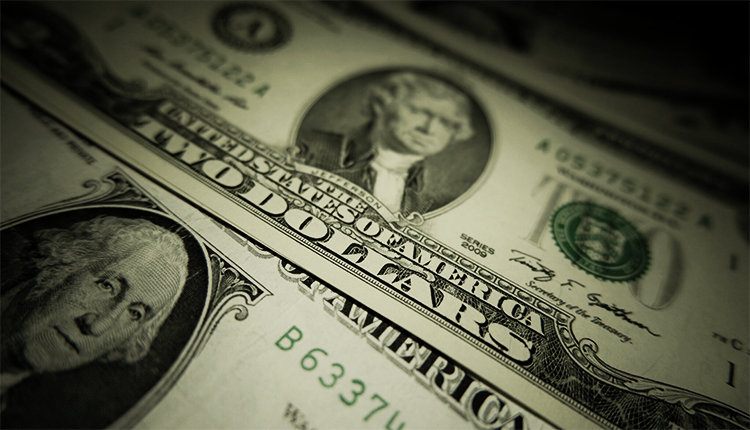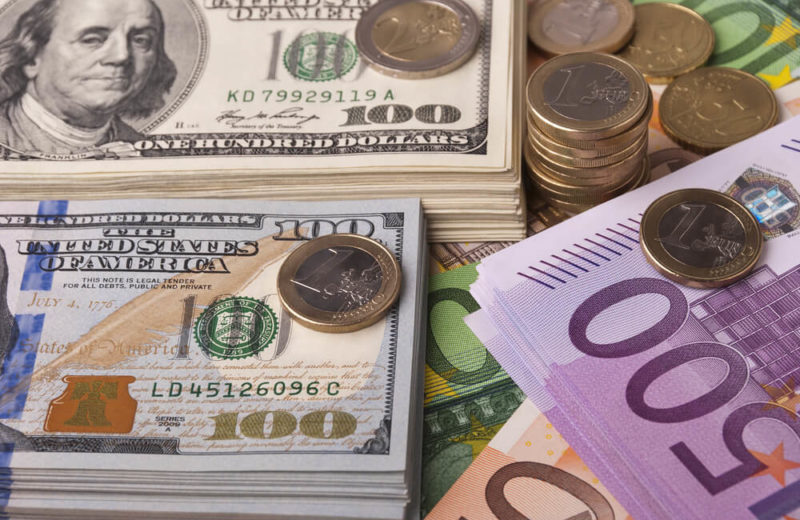The real interest rate of the dollar is very marginally negative, so inflation is running at 1.8%.
The Federal Reserve is in neutral mode. It is neither loosening nor tightening monetary policy, but it is watching on the sidelines.
The European Central Bank paid an interest rate, which is approximately zero. It is comparably low, higher only than Switzerland and Japan. This means that in the short term, this interest rate will contribute to a fall in the value of the euro. Over the next few months, markets are expecting the ECB to hold rates steady. Nevertheless, the most recent move from the European Central Bank on rates was a rate cut.
Gross domestic product is slightly higher than had been expected, currently running at an annualized rate of increase of 1.4%.
In 2020 the rate of growth is expected to increase to 1.6%.
The real interest rate is a negative -0.7%, meaning that inflation is running at 0.7%.
Concerning overall monetary policy, the Central European Bank can be said to be in neutral mode.
The Bank of Japan and Pound
The Bank of Japan imposed a negative interest rate, at -0.1%. This index is low, but higher only than Switzerland’s rate. It means that over the short term, the interest rate should contribute to falling the yen’s value. The Bank of Japan will be prone to cutting its already negative rate even further over the coming months. At least, these are the current market expectations.
The pound’s central bank, the Bank of England, paid the interest rate at 0.75%. It’s neither low nor high in relative terms, it’s an average. The most recent action from the Bank of England was a rate hike, but the markets are anticipating from the Bank of England to hold rates steady over the next few months.
The Gross Domestic Product currently runs at an annualized rate of increase of 1.0%, a bit lower than expected.















